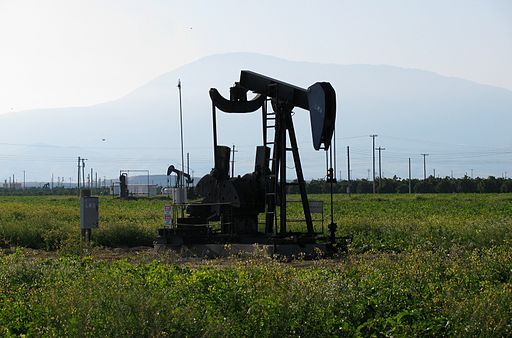HEFN Program Manager Ramtin Arablouei wrote this blog post.
California has long been at the center of environmental activism in the United States. Over the last 40 years California has, in many cases, served as a model for environmental protection. A diverse set of advocates have worked to ensure that environmental health and environmental justice are incorporated in the movement that has made California a leader on environmental activism and policy. Regardless of political party, there has always been intense pressure on politicians in the state to prioritize the environment.
This is why you might be surprised to learn that fracking has been happening in California for years.* Unlike most other states, fracking there has mostly been to extract oil, and its byproducts, not gas. The Monterey Shale, located in Southern California, is estimated to hold two-thirds of U.S. shale oil reserves and may be one of the world’s largest onshore reserves of shale oil. The current rush to extract oil in the Monterey Shale has been fueled by speculation and the development of fracking technologies.
Intensive energy extraction is nothing new for Californians. For a century, oil drilling has been a part of many communities. However, the invention and development of vertical and horizontal fracking has changed the game. Active wellheads are appearing closer and closer to neighborhoods and potentially threatening California’s most coveted natural resource, water. Additionally, the U.S. Bureau of Land Management (BLM) issued thousands of permits to frack on federally protected lands. However, a federal court judge issued a ruling that halts drilling in the Monterey Shale and requires the BLM and U.S. Environmental Protection Agency to conduct an environmental impact assessment before issuing these permits.
Advocates around the state have responded by organizing, raising awareness, and advocating for better legislation to limit and prevent the negative impacts of fracking, and several HEFN funders are supporting these efforts. The work of these groups has resulted in a bill introduced in the California state legislature that would put a moratorium on fracking until studies have been conducted to ensure the safety of water, humans, and animal habitats. The bill did not pass, but its introduction was a sign that Californians are paying attention. And in an unprecedented move, the California Democratic Party passed a resolution calling for an immediate ban on fracking citing potential negative impacts on the fragile water systems in the state.
As fracking for oil and gas continues to expand, states will be searching for models that allow for fracking with as little harm to environments and people as possible. Given the state’s well-established reputation for environmental protection, California is positioned to provide an example for how best to address fracking-related issues. If the last year is any indicator, it will be a tumultuous and long battle in the state. But there is no doubt the outcome will matter to all of us.
*Vertical drilling has been happening in California for many years, while horizontal drilling has begun more recently.

